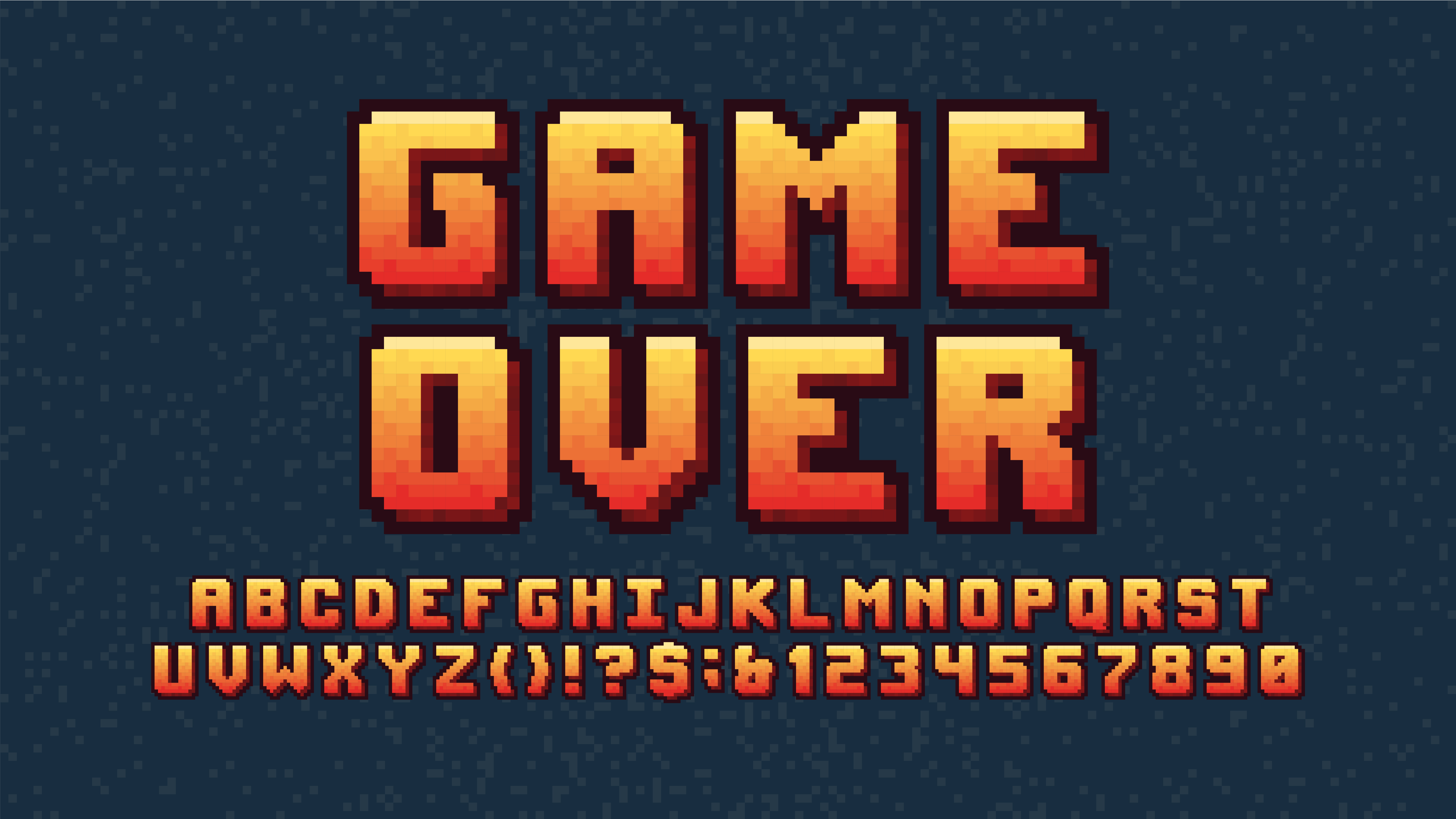How to stop gamification from becoming a horror story
If not kept in check, gamification can be a runaway train that leads to burnout, exhaustion, and tarnished relations


This article originally appeared in issue 27 of IT Pro 20/20, available here. To sign up to receive each new issue in your inbox, click here
When starting out in IT sales in Spring last year, 24 year old Sophie (not her real name), enjoyed the challenges presented by her employer. Since her first week, her name was at the top of the leadership scoreboard, which earned her not only congratulatory handshakes from senior staff, but also the occasional reward: a watch, a handbag, and even a hefty bonus. Despite these material prizes, however, Sophie was most motivated by the scoreboard itself. Having always been a straight-A student, she flourished in competitive environments and enjoyed being considered the best at her job – until she wasn’t.
After contracting COVID-19 in August, she was forced to self-isolate and work from home on a slow, outdated laptop. She wasn’t eligible for paid sick leave, too, which meant she had to power through a disease that had, by then, claimed 100,000 lives in England alone. Sophie logged in every morning and, by the end of each day, would see her name sink lower – and lower – on the scoreboard. Having always prided herself in hard-earned results, her seemingly deteriorating status came hand-in-hand with feelings of worthlessness and ever-consuming anxiety. For Sophie, it didn’t matter she was battling a serious illness as well as an ageing laptop. Feeling not only ill, but also severely burned out, she lost interest in the job she once loved, and quit shortly after.
The rise of gamification
RELATED RESOURCE

Gamification for accelerated EdTech growth
Transitioning online education environments with game-based learning
Although gamification only meaningfully emerged little more than ten years ago, with Google searches skyrocketing in early 2011, it gained further traction during the pandemic, when most office workers were working away from their managers’ prying eyes. By using a combination of monitoring software and leadership scoreboards, companies could easily track and quantify productivity levels while also encouraging competitive behaviour.
It may seem, nowadays, that every organisation from the US army to gig economy companies like Uber and Lyft are jumping on the bandwagon, by using badge-like achievements similar to those in the Cub Scouts or Brownies. Lyft, for example, uses algorithmically-generated challenges to motivate its drivers to go the extra mile, while the US military has long used its first-person shooter America’s Army to recruit soldiers.
Gamification, however, is mostly seen in the tech industry, where businesses are “often on the lookout for innovative means to do things”, says Dr Rory Summerly, an expert in cognitive function and games at Falmouth University’s Games Academy. Employees outside of the sector are still more likely to encounter gamification as a consumer through reward cards or virtual chatbots, than in the workplace.
No choice for employees
The main difference between the use of gamification as a consumer and in the workplace is choice, according to Dr Wafa Hammedi, associate professor of service innovation and marketing at the University of Namur, who’s co-authored 11 papers on the topic. Customers can opt out of, for example, collecting points through coffee purchases, although employees often have no option but to engage with the “game”.
Get the ITPro daily newsletter
Sign up today and you will receive a free copy of our Future Focus 2025 report - the leading guidance on AI, cybersecurity and other IT challenges as per 700+ senior executives
Not everyone has the psychological stamina to compete with colleagues on a daily basis, leading to side effects ranging from apathy to burnout, as well as tarnished coworker relations.
Workplace gamification is supposed to be enjoyable for its participants, with many firms using it as an employee retention tactic amid the so-called Great Resignation. However, research conducted by Dr Hammedi and her coworkers into the negative effects of gamification, particularly on employees in similar positions to Sophie, found the practice can have the opposite effect: it can drive employees away by lowering engagement and satisfaction. The 2021 study, published in the Journal of Business Research, also highlights different perceptions of gamification based on one’s level of seniority.
“To be honest, after the publication of our paper, we were contacted by so many companies because, even though there is a positive connotation behind gamification, most employees were really worried about the level of control,” she tells IT Pro. “For them, it was perceived more as a way for the company to control their work and productivity while they’re not in their offices.”
Although the negative effects were much rarer when employees were allowed to opt out of the gamified experience, Dr Hammedi notes, “very few companies” actually make gamification voluntary.
Carrot and stick
Even when gamification doesn’t cause high staff turnover, it risks making employees dependent purely on extrinsic motivation. This manifests as a drive to complete a task for a reward, including bonuses or material prizes, or in order to avoid punishment, such as diminished career prospects or even demotions and pay cuts.
Although these factors can motivate employees to be as productive as possible, Dr Summerley warns extrinsic motivation isn’t an adequate replacement for inherent satisfaction or fulfilment. This makes gamification challenging to handle well, since it often manifests as people applying basic reward systems to labour.
RELATED RESOURCE

Gamification for accelerated EdTech growth
Transitioning online education environments with game-based learning
“Gamification is neither easy nor is it the only thing that should be considered when trying to motivate people to work,” he explains. “‘Hygiene’ factors must be met as well as motivators. What are typically advertised as 'friendly competitions' in the workplace can, in reality, be incredibly stressful if an employee falls behind or feels the system is unfair that include things like responsibility for one's work, agency in one's work, being given meaningful work to do, variety, recognition of achievement, et cetera.”
This means any workplace game has to be constantly reviewed to ensure not only it has the desired effect, and is met positively by employees, but also that it avoids any potentially exploitable loopholes. In essence, gamification is “very difficult to actually practice well”.
Start small and iterate
Aude Barral, one of the co-founders of CodinGame, which allows developers to better their coding skills through increasingly-difficult puzzles,
shares a more positive perspective. Even the simplest game, she says, can be successful if it’s thought out carefully. “Imagine what your employees can feel; put yourself in their shoes, try to understand what would motivate them,” Barral tells IT Pro. “Instead of investing thousands of dollars in a complicated theory game, Barral recommends that companies “start small, iterate, and then grow it bigger”.
Even as a co-founder of a gamification provider, though, Barral acknowledges there can be stumbling blocks, including unhealthy competition between employees.“As soon as you put a game in play, and the goal is not perfectly clear for your employees, they can end up in something that would be very unfair and turn into very harsh competition. The main drawback is to be wrong with the goal you want to put in front of your employees and the second one is not knowing them.”
Like with many digital tools and concepts, the real risks may not lie with gamification itself, but with the lack of adequate human oversight. Lyft and Uber drivers aren’t exploited by the badges they’re rewarded with after all, but by inadequate pay and conditions. Although Sophie’s self-esteem was rocked by the scoreboard, she likely wouldn’t have resigned from her job if she was judged fairly for her achievements and allowed paid sick leave when it was most necessary. It seems, ultimately, that companies try to leave everything up to an algorithm, when in fact they should be focussing on applying more of a “human touch” – empathy, as well as basic respect for workers’ rights.
Having only graduated from City University in 2019, Sabina has already demonstrated her abilities as a keen writer and effective journalist. Currently a content writer for Drapers, Sabina spent a number of years writing for ITPro, specialising in networking and telecommunications, as well as charting the efforts of technology companies to improve their inclusion and diversity strategies, a topic close to her heart.
Sabina has also held a number of editorial roles at Harper's Bazaar, Cube Collective, and HighClouds.
-
 Bigger salaries, more burnout: Is the CISO role in crisis?
Bigger salaries, more burnout: Is the CISO role in crisis?In-depth CISOs are more stressed than ever before – but why is this and what can be done?
By Kate O'Flaherty Published
-
 Cheap cyber crime kits can be bought on the dark web for less than $25
Cheap cyber crime kits can be bought on the dark web for less than $25News Research from NordVPN shows phishing kits are now widely available on the dark web and via messaging apps like Telegram, and are often selling for less than $25.
By Emma Woollacott Published